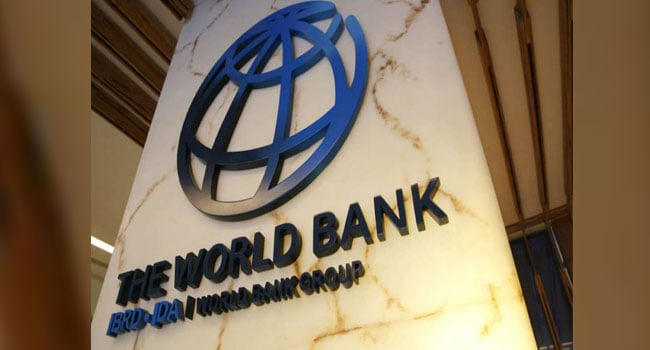Exchange rate depreciation, new borrowings contracted to fund the 2024 budget and securitization of additional N7.3 trillion Ways and Means Advances (WMAs) in the first half of last year increased Nigeria’s debt to GDP ratio to 52.25 per cent on December 31 2024 from 40.57 per cent on the 2023 figure, the Debt Management Office (DMO) revealed over the weekend..
The update was contained in the Medium-Term Debt Management Strategy (MTDS) report for 2024–2027 posted on its website.
MTDS which has been approved by the Federal Executive Council (FEC) is a Public Debt Management (PDM) tool that links borrowing with the macroeconomic framework of a country. It ensures the costs and risks in the public debt portfolio are within sustainable levels.
The strategy was developed with technical assistance from the World Bank and the International Monetary Fund (IMF) and received approval from the Federal Executive Council (FEC). Under the new strategy, Nigeria set fresh debt sustainability benchmarks across key fiscal and risk indicators. These include, Debt-to-GDP ratio projected to rise from 52.25% at the end of 2024 to a ceiling of 60% by 2027.
Interest payments-to-GDP is capped at a maximum of 4.5%, compared to 3.75% in 2024. Sovereign guarantees-to-GDP peg not exceeding 5%, up from the current 2.09%, domestic-to-external debt mix to be adjusted from the current 48:52 ratio to a more favourable 55:45, to reduce foreign exchange risk exposure.
In the new document refinancing risk will be contained, with a maximum of 15% of debt maturing within a year, and debt maturing as a share of GDP capped at 5%.
In the newly adopted MTDS, average time to maturity for the debt portfolio is set at a minimum of 10 years to ensure longer repayment cycles. Foreign exchange (FX) debt exposure is reduced, with FX debt as a share of total debt capped at 45%, down from the current 51.75%.
According to the DMO, the new strategy is crafted to balance the government’s financing needs with debt sustainability while minimising costs and risks.
The key objectives of the MTDS are to meet the government’s financing needs and payment obligations in the short to medium term; to achieve an optimal public debt portfolio composition that ensures sustainability; and to deepen the domestic securities market through new products.
The DMO said the strategy was developed after consultations with key stakeholders, including the Central Bank of Nigeria (CBN) and the Federal Ministry of Finance.
The agency believes the adoption of the MTDS will strengthen investor confidence, send positive signals to credit rating agencies, and assure Nigeria’s international partners of the government’s commitment to prudent debt management and fiscal responsibility.

















